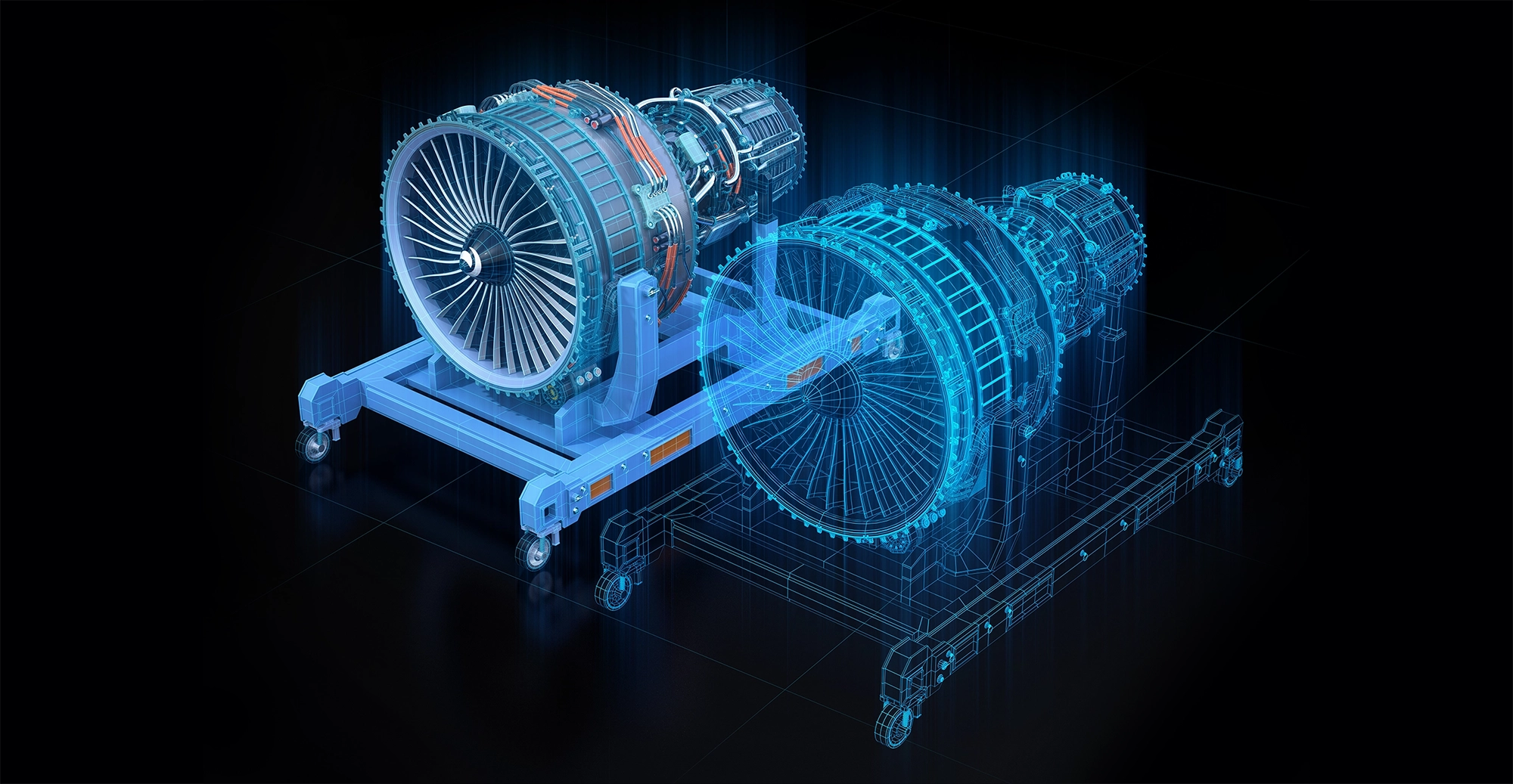The aerospace and defense (A&D) industry faces unique challenges in product development, with complex systems, strict regulatory requirements, and the need for seamless collaboration among multiple stakeholders. Model-Based Systems Engineering (MBSE) has emerged as a powerful approach to address these challenges, enabling A&D organizations to create digital models of their systems and processes for improved design, analysis, and communication. However, as MBSE adoption grows, ensuring the integrity, security, and traceability of these digital models becomes increasingly critical. This is where blockchain technology comes into play.
What is Model-Based Systems Engineering?
Model-Based Systems Engineering (MBSE) is a systems engineering methodology that focuses on creating and using digital models as the primary means of information exchange between engineers, rather than relying on traditional document-based approaches. These models capture the structure, behavior, and requirements of a system, enabling teams to analyze, simulate, and validate designs before physical implementation. MBSE helps A&D organizations to:
- Improve communication and collaboration among teams
- Detect and resolve design issues early in the development process
- Enhance traceability and consistency of requirements
- Reduce development time and cost
For example, Airbus has successfully applied MBSE in the development of the A350 XWB aircraft, using digital models to integrate and validate the design of various subsystems, from the airframe to the avionics. This approach helped Airbus reduce development time by 50% and achieve a 20% reduction in production costs.
Integrating Blockchain with MBSE
Blockchain, a decentralized and tamper-proof ledger system, can significantly enhance the benefits of MBSE by providing a secure, transparent, and auditable platform for managing digital models. By integrating blockchain with MBSE, A&D organizations can:
- Ensure data integrity: Blockchain ensures that digital models cannot be altered or tampered with, providing a single source of truth for all stakeholders.
- Enable secure collaboration: Blockchain allows for secure sharing of digital models among multiple parties, such as designers, suppliers, and customers, fostering trust and collaboration.
- Enhance version control: Blockchain provides an immutable record of all changes made to digital models, enabling better version control and traceability.
- Automate workflows: Smart contracts powered by blockchain can automate various MBSE workflows, such as design reviews and approvals, reducing manual efforts and errors.

Business Benefits of Blockchain-Enabled MBSE
The integration of blockchain with MBSE can deliver significant business benefits for A&D organizations, including:
- Reduced development time and cost: By enabling secure collaboration and automating workflows, blockchain can help reduce the time and cost associated with product development.
- Improved product quality: Blockchain ensures that digital models are accurate, consistent, and tamper-proof, leading to better design decisions and improved product quality.
- Enhanced IP protection: By providing a secure and auditable platform for managing digital models, blockchain can help protect intellectual property rights and prevent unauthorized access.
- Increased customer trust: Blockchain-enabled MBSE can provide customers with greater visibility and assurance of product quality and compliance, enhancing trust and satisfaction.
Pilot Implementation using SIMBA
To demonstrate the potential of blockchain-enabled MBSE, A&D organizations can implement a 12-week pilot project using SIMBA Chain’s Platform, a suite of blockchain solutions tailored for the A&D industry. The pilot can focus on a specific product development use case, such as the design of a new aircraft component or the integration of a complex subsystem. The steps involved in the pilot implementation can include:
- Identifying the key stakeholders and defining the scope and objectives of the pilot.
- Setting up the SIMBA Chain Blocks environment and configuring the necessary blockchain nodes and smart contracts.
- Integrating the blockchain platform with existing MBSE tools and processes, such as SysML modeling tools and PLM systems.
- Conducting training and workshops to familiarize teams with the blockchain-enabled MBSE workflow.
- Executing the pilot use case and collecting data on key performance indicators, such as development time, quality metrics, and collaboration efficiency.
- Analyzing the results and lessons learned from the pilot, and developing a roadmap for broader adoption of blockchain-enabled MBSE.
By leveraging SIMBA Chain Blocks, A&D organizations can quickly implement and validate the benefits of blockchain-enabled MBSE, without the need for extensive infrastructure setup or custom development.
Conclusion
The integration of blockchain with MBSE represents a significant opportunity for A&D organizations to transform their product development processes, enabling secure collaboration, enhanced traceability, and improved product quality. By leveraging platforms like SIMBA Chain Blocks, A&D firms can quickly pilot and realize the benefits of this innovative approach, staying ahead of the curve in an increasingly competitive industry.
As the A&D landscape continues to evolve, with growing demands for more complex, sustainable, and connected products, the adoption of blockchain-enabled MBSE will become a critical enabler of success. By embracing this technology now, A&D organizations can position themselves for long-term growth and leadership in the industry.
Victoria (Tori) Adams
Dr. Victoria Adams has over 30 years’ experience in the technology and consulting industry. She is currently VP for Business Development at SIMBA Chain. Prior to joining SIMBA Chain she worked for major consulting and technology firms in the defense and aerospace (D&A) sector including IBM, Booz Allen Hamilton, PwC, and has led several startups. She has consulted for numerous Fortune 500 companies (e.g., Sony, Airbus, Unilever) on technology issues and US and international government agencies. She is an expert in emerging technologies including AI, blockchain, and IoT and has been interviewed by numerous national and international media outlets. She has a PhD in economics and public policy and has written numerous articles on the role of blockchain in defense and national security areas.